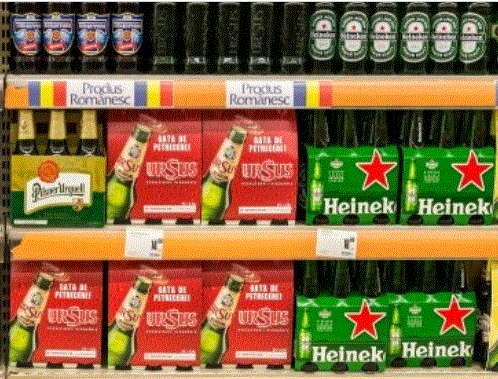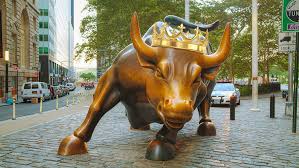ING har analyseret øl-markedet ved at se nærmere på verdens største bryggeri, AB Inbev (bl.a. hollandske Heineken), der satser på vækst udenfor det traditionelle øl for at få en højere omsætningsvækst end den traditionelle 3 pct. Der bliver lagt vækst på den nye drik Hard Seltzers, der beskrives sådan af ING: “a carbonated, alcoholic and flavoured water. No gluten, low in calories and very social media-friendly.” Markedsandelen forbliver dog lav. Men det viser en tendens i forbrugeradfærden: Forbrugerne lægger i stigende grad vægt på premium-produkter og sundhedsdrikke, og det skyldes vækst i middelstanden verden over – og i storbyerne. Sundheds-krav spiller en voksende rolle. Og så mener ING, at nydelse defineres anderledes end før: Selv om kunderne bliver mere sundhedsbevidste, så vil de alligevel gerne have en øl eller lidt spiritus en gang imellem, men så skal kvaliteten til gengæld være høj.
Beverages: The grass is greener beyond beer
The largest beer brewer in the world is looking to expand beyond beer. What does this tell us?
Although nothing is set in stone, AB InBev is supposedly looking to shed some of its beer assets in order to focus on growth in other areas. In our view, that is quite a statement from the largest beer brewer in the world. However, if we look at the numbers we also see why it makes sense. According to Statista, the global beverage market was valued at US$1.5t in 2019 and beer accounted for the largest chunk of the total, some 40%. While Hard Seltzers currently account for less than 1% of the market, the strong growth rate of this subsegment explains why it is included.
The beer category is growing below the market average
The compound average growth rate (CAGR) for the sector between 2019-2025 is estimated at 3.6%. Within the segment, we see that Beer underperforms the market with a 3% CAGR over that period. Hard Seltzer, as mentioned, is still small but growing rapidly at 34%, albeit this is from a very low absolute base number. If you want to learn more about Hard Seltzers, we dedicated an article to the category here.
Another subsegment that is growing faster than the market is Ciders. The graph below shows how the different categories are expected to develop over the period 2019-2025. The dips in 2020 and 2021 are explained by lower sales due to lockdowns globally in order to contain the pandemic.
As the consumer demand changes, so should companies
In our view, the key drivers for growth in the global alcoholic beverage market are related to changing consumer preferences and changes in demographics. We identify the following key trends:
- Premiumisation: The rising middle class in emerging markets shows an increased demand for premium beverages. This trend is supported by an acceleration in the rate that consumers are moving to big cities, where beer consumption is higher. The United Nations forecasts that 58.3% of the global population will reside in urban areas by 2025. The rate of urbanisation is greater in emerging markets.
- Health and well-being: A second trend we identify is related to health and well-being. People are looking for healthier alternatives and moderating alcohol consumption. Although beer does benefit from demand for organic products, the sugar debate is driving demand for healthier alternatives. This automatically leads to an overlap between categories.
- Indulgence: At the other end of the spectrum, we see a counter-reaction to health and well-being – indulgence. This is also supported by a growing awareness of what we consume. Taking the time to consume in a mindful way and partly as a counter-reaction to the health and well-being trend, we also see more indulgence. The thinking behind this is that drinking an occasional beer of good quality is not necessarily incongruous with a healthy lifestyle. The craft beer category and locally produced beers are the brewers’ response to this.
All in all it makes sense that beer companies will look for growth in adjacent categories that are pushing the growing market to stay aligned with consumer preferences.




